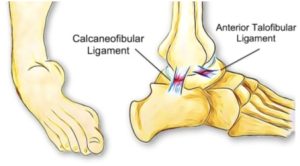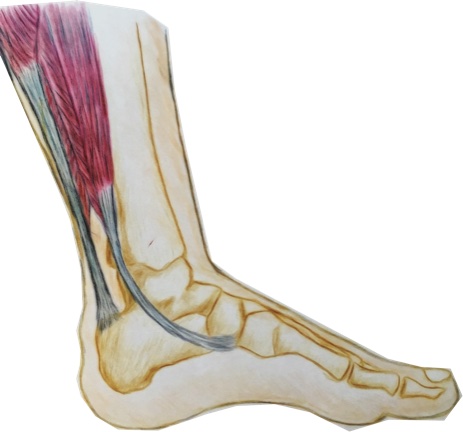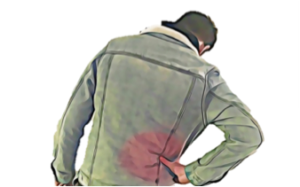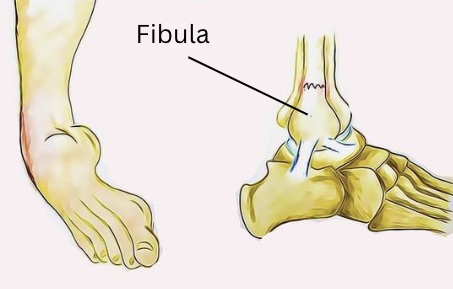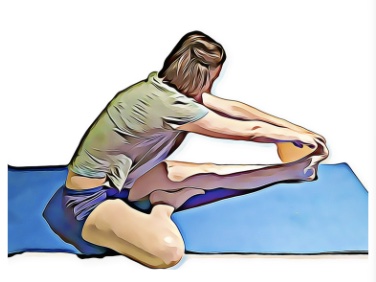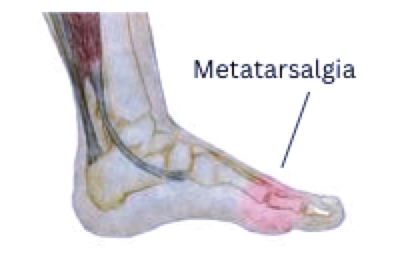CUMBERLAND PHYSIOTHERAPY: There’s no doubt that doing the right thing for your health can be difficult. Whether that involves eating healthier, exercising more, flossing your teeth or even doing your physio exercises, the best choice is not always the most comfortable.
Once a habit has formed and become part of your routine, making the right decision for yourself can become a lot easier. Getting to that point is much easier said than done. Here are a few tips to help you reach your health goals.
1. Choose a friend to join you for accountability.
One way to guarantee that you show up for an early morning gym session is to have a friend who you partner with. You might be comfortable sleeping in for yourself, but not so much when you have someone else you’re letting down. Sharing difficult tasks with a friend can make them more enjoyable and you can also set up a competition between them if you need a little extra motivation.
2. Combine tasks with an activity that you do like.
Love a true crime podcast? The gym can be the time to catch the latest episode or even stream your favourite show. Anything you do that helps to increase the enjoyment of the activity you’re avoiding is going to help you get started.
3. Batch tasks to be more efficient.
Are you trying to drink more water, floss and also complete your physio exercises? Why not do all three in the same sitting? Combining tasks can be a surprisingly effective use of time and a way to remind yourself to complete them.
3. Use positive reinforcement for good behaviour, rather than punishments.
Many people will feel bad when they fail to reach their goals and try to restrict themselves in another area to compensate. It can be a much more effective motivation strategy to reward yourself after completing a task, rather than punish yourself for not doing it.
4. Get your foot in the door.
Putting your shoes on can be the hardest part of going for a run. If you’re struggling to complete a task, sometimes all you have to do is tell yourself you only need to do five minutes. Once you’ve started quite often you’ll want to do more, but setting small goals can be the trick to getting started.
Once a habit is in place, the easy part is to increase the intensity or length of time you’re doing it. It only takes 21 days of completing a task for a habit to be formed, where you will do it automatically as part of your routine. For more tips and tricks on how to reach your health goals, speak to your physiotherapist.


